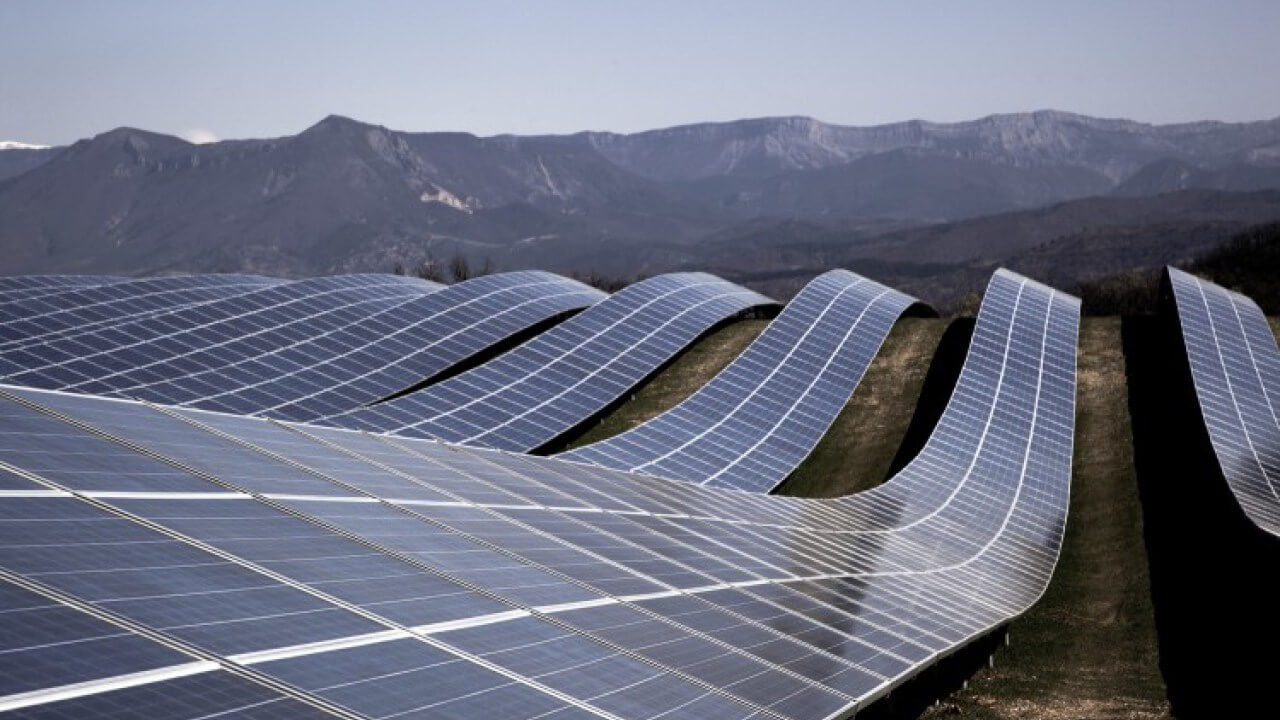The Cost of Utility Scale Solar and Batteries Coming Into Parity with Natural Gas Peaker Plants

As discussed here, the levelized cost of energy associated with solar PV and the battery system is significantly higher than the gas plant, but by 2025, that LCOE comparison is predicted to bring them to parity.
Of course, all this doesn’t come down to the single moment in time when the actual cost curves cross one another. Though this moment is seven years away, that’s a very short time, given the operating life-cycle of a huge piece of infrastructure like this.
Doesn’t that strike fear in the hearts of investors in fossil fuels? Who in blazes is going to build even one more gas plant when renewable energy is cleaner, safer, AND less expensive? I’d sure like to be in conference room when the gas peaker plant sales guy makes his pitch, just to hear the snickers in the audience.

On the face of it, this is good news indeed. Curious: Does the cost comparison account for the ‘soft costs’ in the continuing environmental impacts from escaped methane and the wastes and water use from well stimulation, as well as that from the one-time production of solar panels and replacements?
No, LCOE doesn’t taken into consideration the externalities of energy generation. So, no to both.
Craig,
I don’t thinks you understand South Australia, or the principles of electricity supply.
South Australia has lost most of its heavy industry due to high energy prices, which is a tragedy in a state which should be energy rich.
While the land mass of South Australia is vast, the population is only 1.6 million, with 80% living in the capital city.
South Australia has invested heavily in renewable energy, and provides massive subsidies and incentives.
While 40 % of the states energy needs are met from natural, South Australia imports 10-15 % electricity from coal fired power sources in the neighboring State of Victoria.
The current ruling labour party has made no provision for replacement or disposal of the huge solar/wind installations. While the Wind Power installations are not such a problem, South Australia is already finding disposal of aging solar a problem.
When asked, one eager young Green member of parliament responded that the price of panels is dropping so fast they will be free by the time existing panels need replacement !
The cost of wholesale power in SA remains around $94, in comparison t$41 in Victoria. South Australia now has the highest power prices in the world !
Unlike the other Australian States, consumption hasn’t grown in South Australia, largely due to high prices and the loss of industries such as cement, steel, and automobile manufacturing.
The State has financed it renewable energy program largely by selling assets and debt.
A recent examination of the solar panels installed in South Australia 3 to 6 year ago revealed 82% had lost at least 6 % capacity, will 20% lost 18-30 % capacity with more than 2% needing total replacement. Inverters and other solar infrastructure fared no better with significantly higher than estimated repair and replacement costs.
( If a gas fired installation lost 6% of capacity in such a short time, the builders would in court !)
Craig, I’m afraid in your enthusiasm, you are once again only reviewing the positives. No one would be snickering at the gas fired salesman when he told the audience he can cut the power bill in half, lower taxes, and create employment.
Craig,
i made inquiries of the parties promoting the South Australian solar and battery storage installation concerning provision for the disposal and replacement of both slar panels and batteries.
As yet no sensible answer has been forthcoming. I remain concerned about the taxpayer once again being sold a ‘politically correct’ but deeply flawed solution.
So, I invite you to explain how you imagine the safe disposal of these vast solar panels and accompanying batteries will be accomplished and at what cost ?
Craig,
Today the South Australian government was forced to admit it hid the planned acquisition of 9 giant diesel power generators installed as ‘tempory’ leased equipment, but contracted to be purchased in 18 months time from voters before the State election.
The generators consume vast amounts of diesel but can help deploy baseload power on demand for hospitals etc.
This equipment is deemed necessary, despite the acquisition of the Tesla facility and guarantee of $50 million subsidy for 10 years to Tesla. The SA government (taxpayer) is also very generously picking up the cost of home solar and battery storage in the State.
State debt will rise by $5 billion